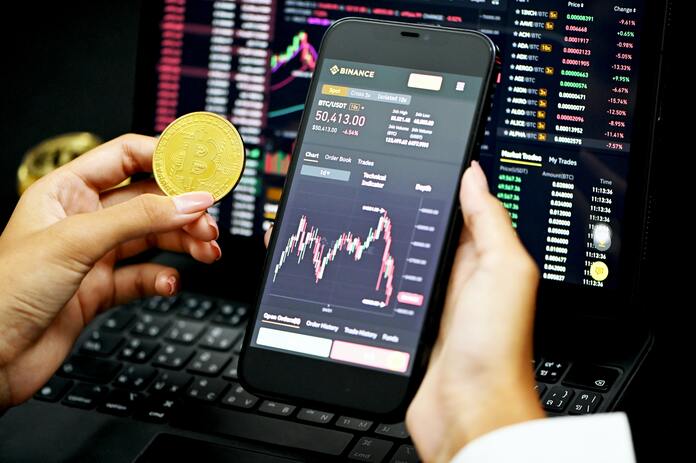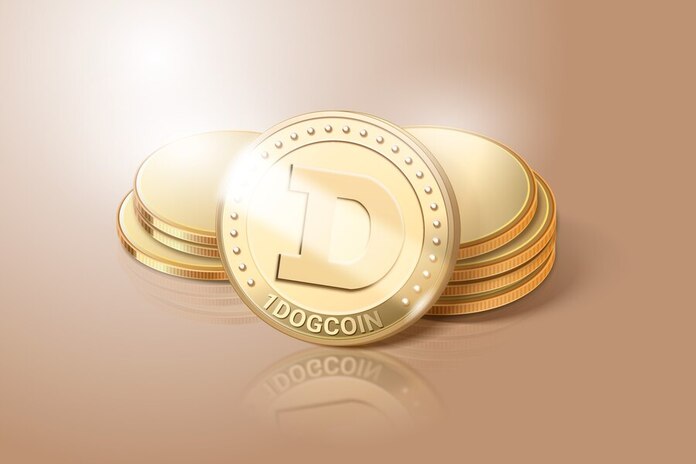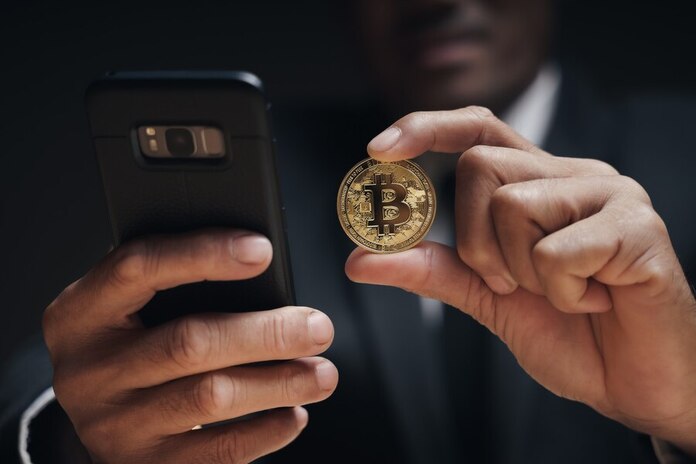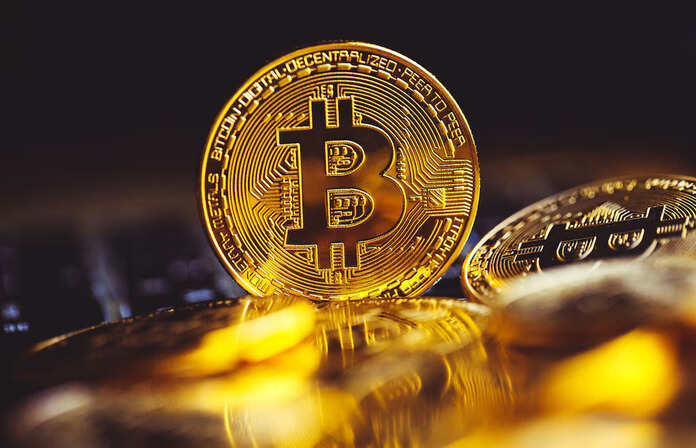‘She cleaned him out’: My dying father, who had stage 4 cancer, moved in with his girlfriend. In 3 months, she sold his house and pocketed the money.
This post was originally published on this site
Dear Quentin,
Three months before passing away, my father moved back with his girlfriend and made her power of attorney so she could sell his house, pay bills and make medical decisions.
She cleaned out his bank accounts and she sold his house. He had stage 4 cancer and was not physically able to handle his business. As power of attorney, she put her name on his bank account, changed his beneficiaries and stopped communicating with his family. How can I find out she was added to the bank account and changed his beneficiaries?
She flipped the title on his car, sold all his furniture and told us that our dad didn’t leave me or my sister anything. He was not married and he had two daughters. His house sold five days before he died and unless he has some other bank accounts, the money ($200,000) went into the account she put her name on.
I am currently waiting for the survivors’ department of the federal government to send me the packet with a list of beneficiaries on his life insurance as well as his retirement/pension. I am also waiting on his death certificate in order to open probate to see what other assets he has. I appreciate any advice you can give to help me navigate through this difficult situation.
Does a POA have the authority to make these types of changes and cut his direct heirs out of everything, and keep everything for herself?
Daughter of the Deceased
“Her actions vastly overstepped her role as a power of attorney, who is in a position of trust and has a fiduciary duty to act on behalf of the principal and in their best interests.”
MarketWatch illustrationDear Daughter,
From what you say, this woman should be prosecuted — not placated.
A power of attorney who appropriates an elderly person’s assets using undue influence and/or the intent to defraud can face criminal and civil penalties. Larceny, the theft of someone’s property, is a felony in most states, depending on the amount stolen. She is likely betting on your legal inexperience and good nature to get away with it.
She was not his wife, and as his on-again, off-again girlfriend, her actions vastly overstepped her role as a power of attorney, who is in a position of trust and has a fiduciary duty to act on behalf of the principal and in their best interests. Clearly, she was acting in her own best interests, selling his assets and putting them in newly created joint bank accounts.
There is a statute of limitations on elder financial abuse in most states, and you should treat this as such. It’s not the Case of the Greedy Girlfriend, to paraphrase the alliterative episode titles of Perry Mason; it’s more likely the Case of the Illegal Interloper. You need to rethink your entire approach to this situation, and hire an elder-law attorney.
“It’s not the Case of the Greedy Girlfriend, to paraphrase the alliterative episode titles of Perry Mason; it’s more likely the Case of the Illegal Interloper.”
I assume your father’s girlfriend did not leave much, if anything. You need to stop waiting for information to come through the mail, and stop treating this like an unfortunate series of events. A power of attorney can, with the cooperation of the principal — your father — add themselves as a joint owner on a bank account, rather than just a co-signer.
Your father’s girlfriend did what this nursing home did to this reader’s elderly cousin. She isolated him and took control over his bank accounts, manipulated him into signing over his bank accounts rather than just signing over the right to make withdrawals on those bank accounts, and abused her role as power of attorney to help herself to his estate.
The Securities Industries and Financial Markets Association, or Simfa, has a checklist for financial abuse: “Numerous withdrawals of smaller amounts.” Tick. “Changing power of attorney or the beneficiaries on insurance or investment accounts.” Tick. She went one step further: She liquidated the whole kit and caboodle.
As Simfa warns, she is essentially a caregiver who becomes overly interested in your father’s finances rather than his care. It recommends people in your position to contact an Eldercare Locator information specialist toll-free on 800-677-1116 weekdays, 9:00 a.m. to 8:00 p.m. Eastern time. It has both English- and Spanish-speaking specialists.
Laws overseeing fiduciary relationships
Many states have laws that protect against the abuse of fiduciary relationships. “A beneficiary designation can also be contested for lack of capacity if there is evidence the account holder was not of sound mind when they signed the form,” according to Harrison Estate Law, a Gainesville, Fla.-based law firm.
“Many financial institutions allow account holders to change their beneficiary designations online,” the law firm adds. “This creates a greater chance for undue influence or fraud, but it can also make it harder to win a beneficiary-designation challenge. It also motivates banks and financial institutions to defend beneficiary-designation challenges.”
Let this give you the momentum to proceed with legal action. Harrison Estate Law cites a case where a Florida appeals court ruled that a pay-on-death designation in favor of the deceased’s caretaker should be invalidated due to undue influence. The caretaker had used her personal relationship with the deceased to change the beneficiary designation.
“Many states have laws that protect against the abuse of fiduciary relationships. Her actions should be reported to the local police or sheriff’s office and your District Attorney.”
The court said that since payable-on-death and transfer-on-death accounts are substitutes for a will, they “are subject to challenge on grounds such as undue influence, fraud, duress and overreaching.” Challenging such designations require bank records, and other paperwork; an experienced attorney can help you with the heavy lifting.
Power of attorney is a powerful legal document, but their responsibilities last only while the person is alive. The executor of the will — if one exists — or administrator of the estate should take over the accounting of the remaining assets and debts. You can petition the court to remove your father’s girlfriend, if she is the executor/administrator.
Her actions should also be reported to the local police or sheriff’s office and your District Attorney. “It is important to note that the principal’s financial assets are always considered to belong to the principal, not the agent,” according to the McAndrews Law Offices, which has branches in Pennsylvania, Delaware and Virginia.
Your father’s case illustrates that you can’t always rely on banks or lawyers to be on the lookout for elder financial abuse and suspicious behavior. You have to be the watchful one because, as I told this woman who feared her father was being isolated from the rest of the family, early intervention is ideal. And so is a prompt response when the damage is done.
This happened within the last three months of his life. Don’t allow your inheritance to slip away. You, your sister and your father deserve justice.
The Moneyist regrets he cannot reply to questions individually.
Previous columns by Quentin Fottrell:
Check out the Moneyist private Facebook group, where we look for answers to life’s thorniest money issues. Post your questions, or weigh in on the latest Moneyist columns.
By emailing your questions to the Moneyist or posting your dilemmas on the Moneyist Facebook group, you agree to have them published anonymously on MarketWatch.
By submitting your story to Dow Jones & Co., the publisher of MarketWatch, you understand and agree that we may use your story, or versions of it, in all media and platforms, including via third parties.















